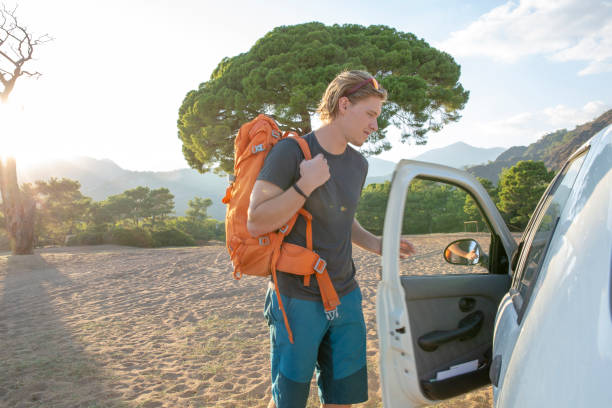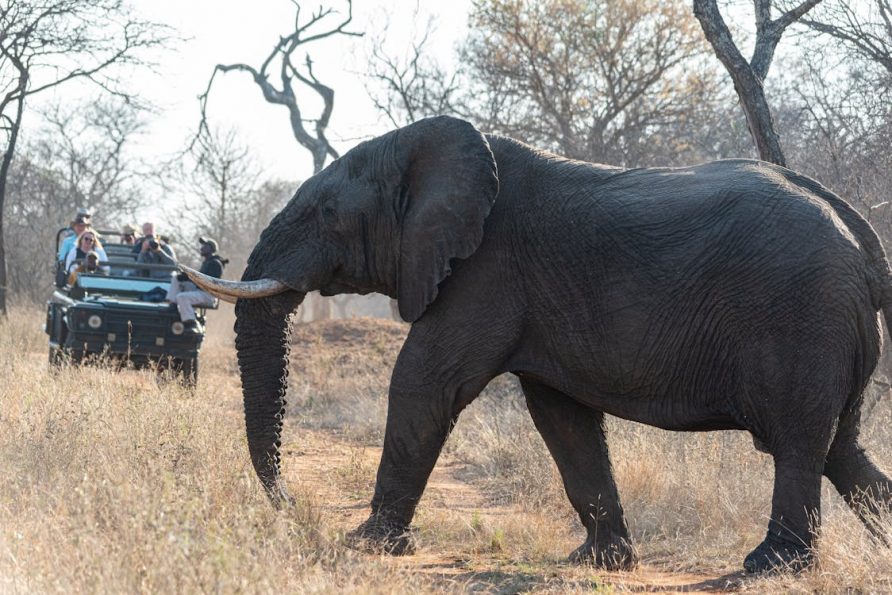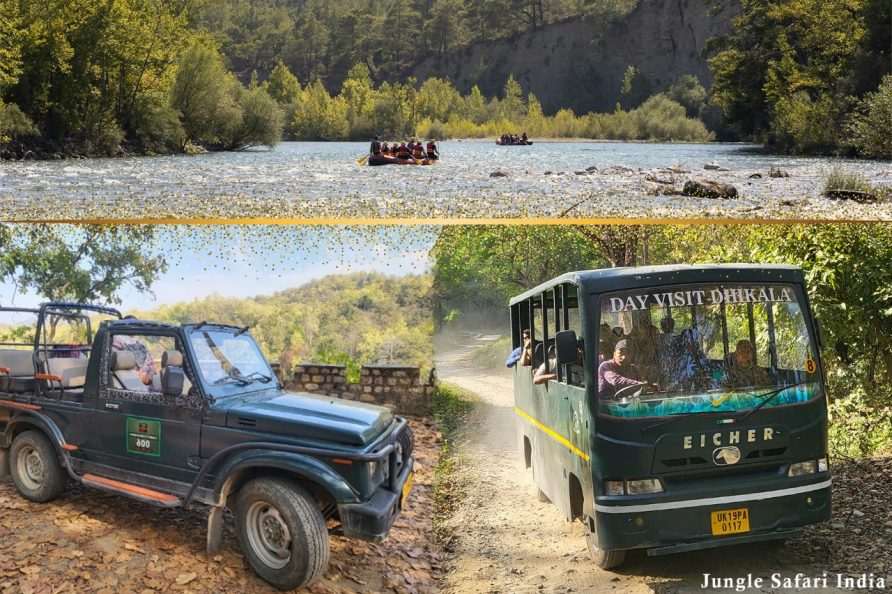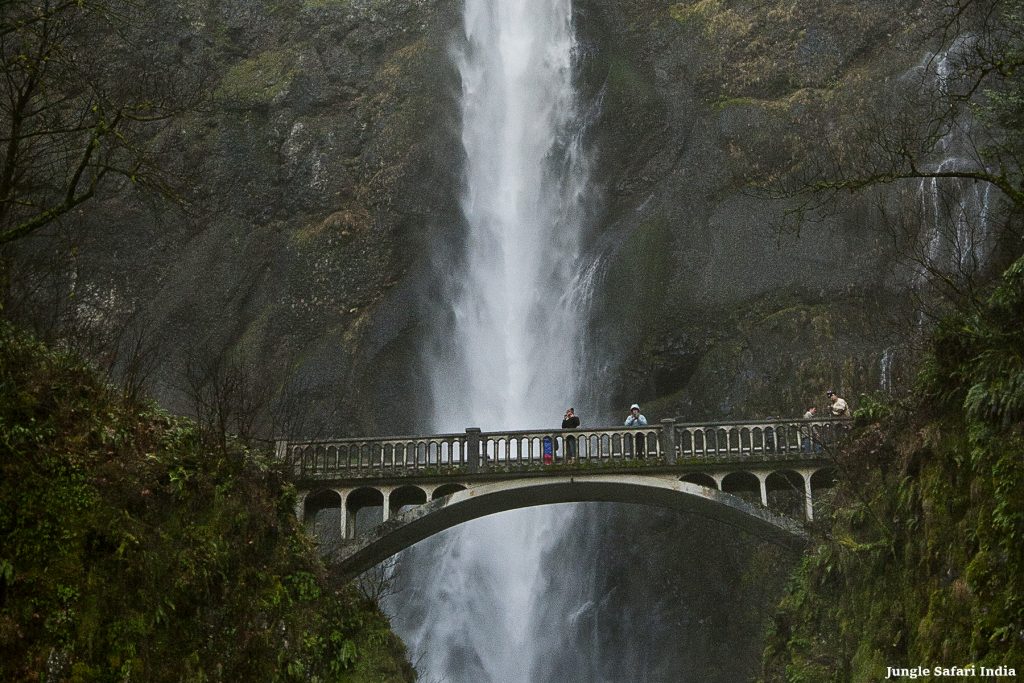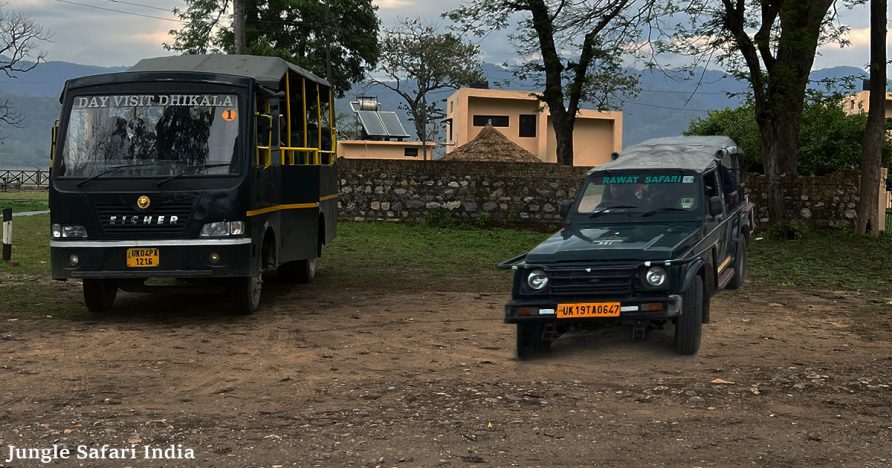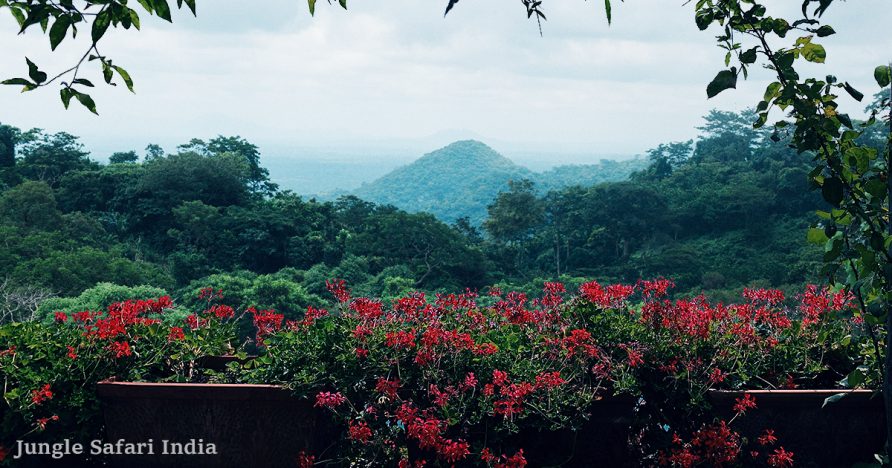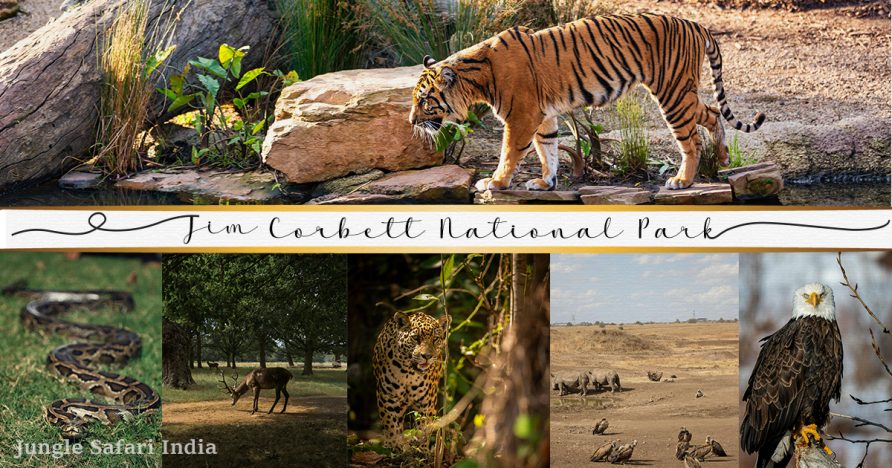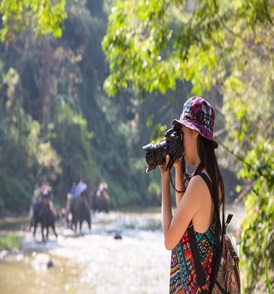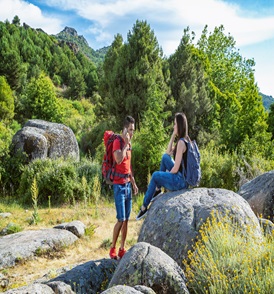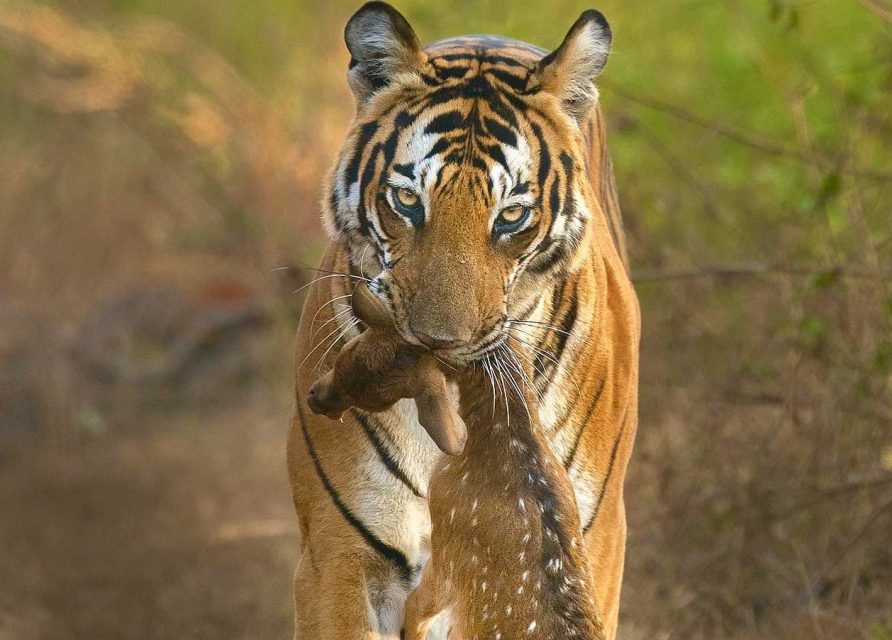For a thrilling trip you have to pack the right stuff for Jim Corbett National Park, but before that don’t forget to book the tickets and the right tour package according to your preference. Of course, you cannot pack too much but also you should not leave behind the essential stuff.
Things can be pretty confusing for many of us who are going on a Jeep safari for the first time. Even though there are lots of questions in our mind, what clothes to wear and what are the essential things to pack is the first question that comes to mind of everyone. So here is a checklist for the stuff that you should bring on your tour in Jim Corbett National Park.
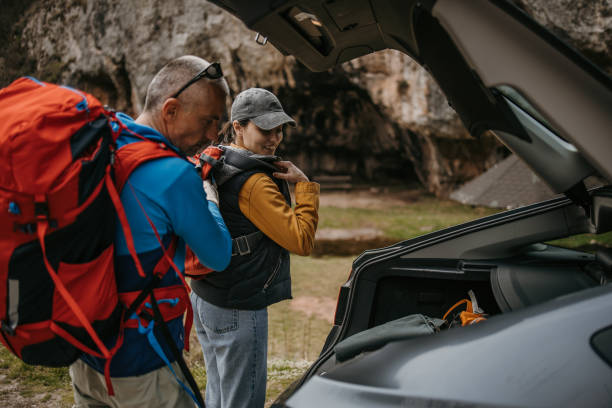
Jim Corbett Tour Packing Checklist
Permits – The first thing that you should keep for coming here is your permit. When you book your ride, a safari permit will be given to you, without the permit you cannot enter the park, so make sure to keep it with you.
Backpack- During your trip, you will be hopping in and out of vehicles, and also carrying trolley bags at every place might be difficult so make sure to bring a backpack with you that you can take when you go inside the park.
Choose the Right Clothes – If you’re going to Jim Corbett from April to June then light cotton clothes and loose pants will be best for you. Try to wear Khakis and Cargos along with dark sunglasses. Do wear hats to complete the look and sports sandals will be best for you. If you’re going from November to March then do keep some heavy jackets as the temperature can be cool. Do keep gloves and mufflers during morning and evening hours. However, a light jacket or sweatshirt will be good during the afternoon.
Cameras – Don’t forget to keep cameras, batteries, and power backups with you. Take some nice photographs of animals during your ride in Jim Corbett National Park
Binoculars – These are the most important thing for spotting animals during the safari, of course, you can see some animals close to your jeep safaris. But the more the better.
Essentials
- Insect Repellents – If you want to have insect bites, don’t bring them. Only bring it to save yourself from insect bites.
- Medicines – If you’re on your medicines and you have to eat them on time, then don’t forget to bring them with you, also try to bring first aid, Anti-diarrhea, anti-allergy pills, etc for unavoidable situations.
- Towel and other sanitary requirements – Don’t forget to bring towels, soap, shampoos, brushes, etc, and also try to bring extra clothes, and socks for your journey.
- Pen and small diary – They can be used to write some important information about something.
- Plastic Bag – Now, this one is a must when going on a journey, as you should not throw garbage on roads, etc. So keep a plastic bag with you to throw waste things in it.
- Sunscreens – This one is a must, it doesn’t matter in which season you’re going. If you don’t wanna harm your skin then do bring it.

